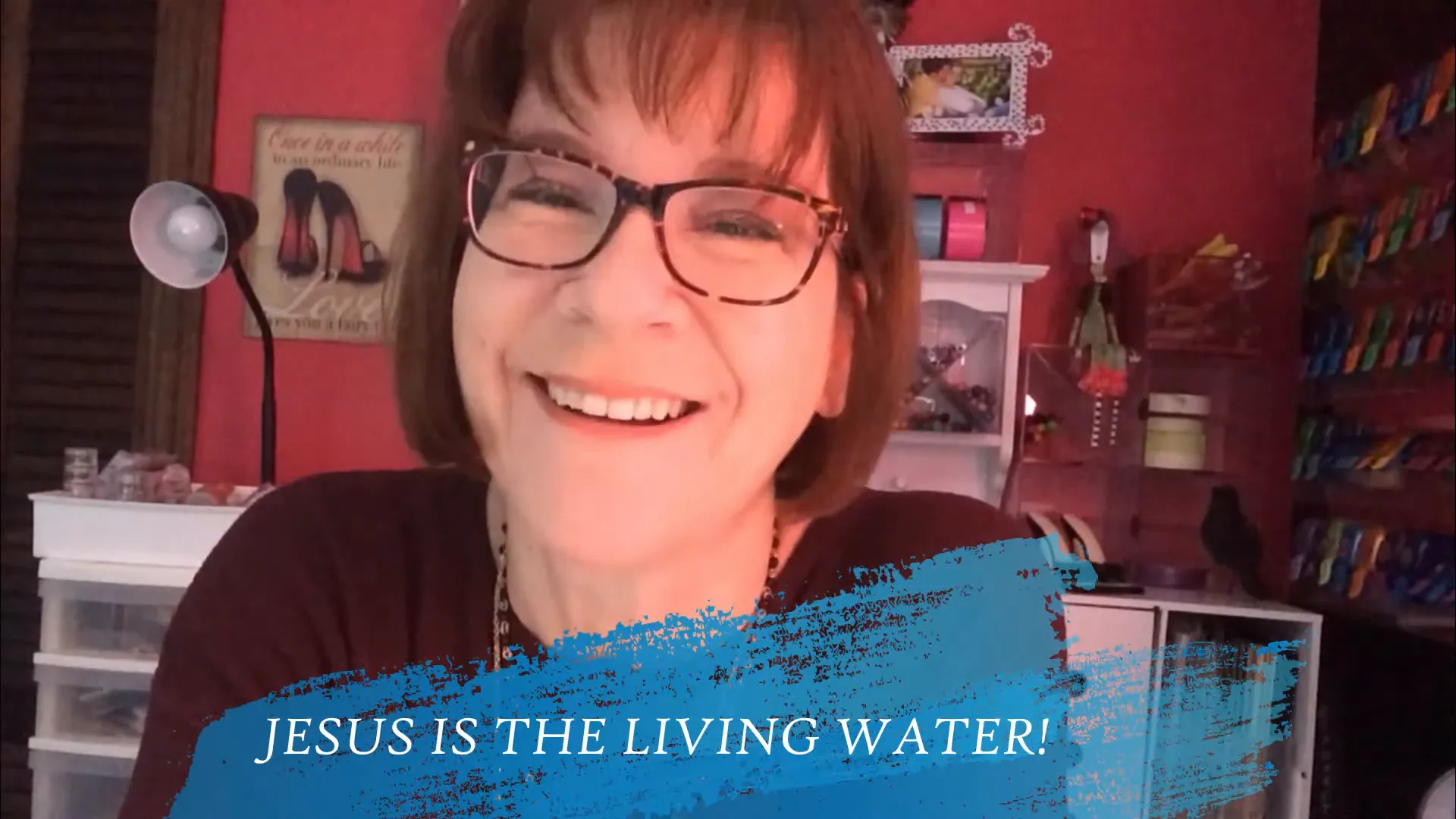The Laver: Jesus as the Living Water
When we think of furniture in the tabernacle, the Laver might not be the first thing that comes to mind. But this piece of furniture is far from insignificant! It beautifully symbolizes the cleansing of sin that Jesus, the living water, provides for us. So, let’s dive into this fascinating topic!
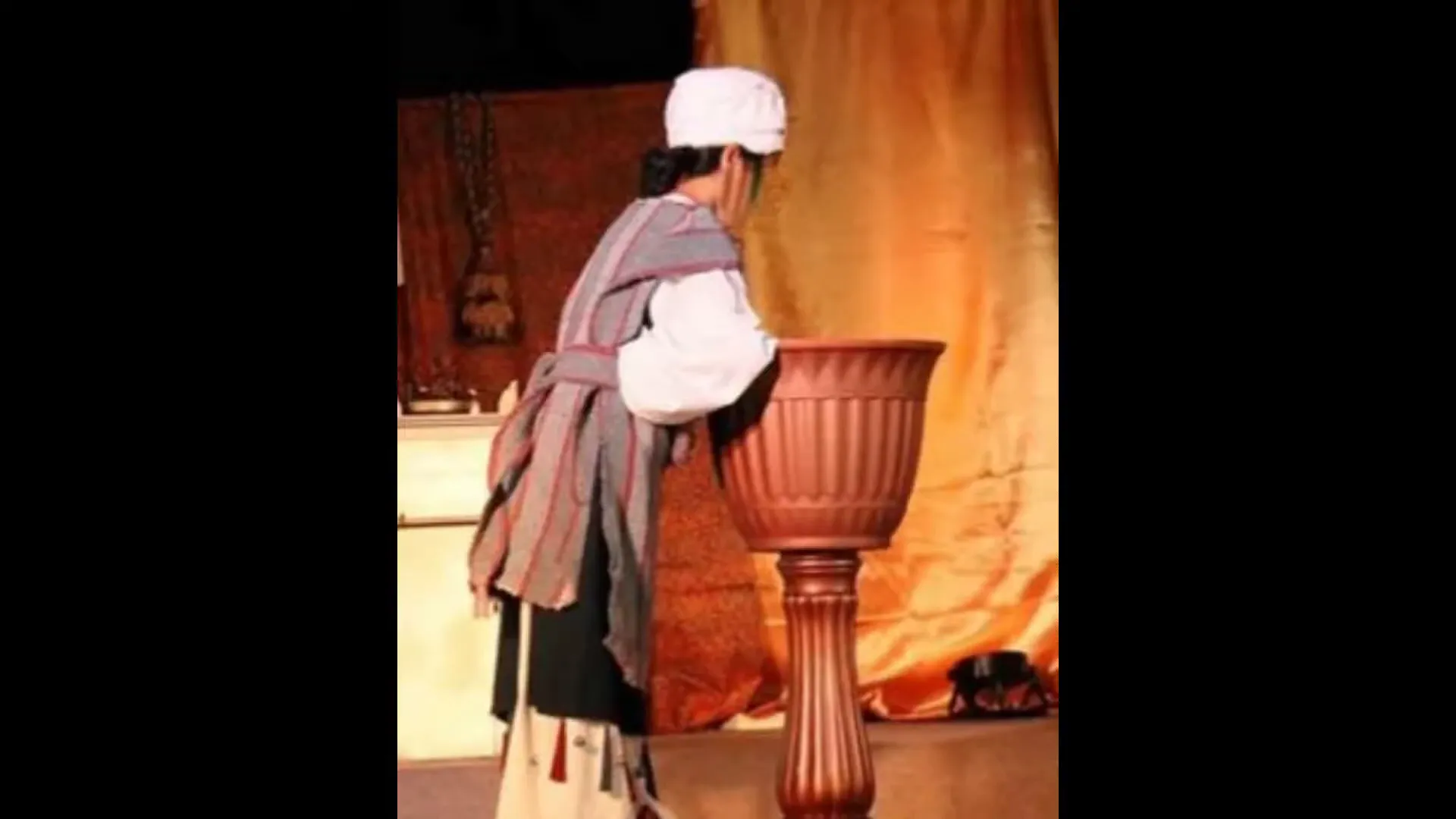
Understanding the Laver's Construction
God instructed the Israelites to build a bronze Laver and place it right outside the entrance to the tabernacle. Before the priests could serve God, they had to approach the Laver to wash their hands and feet. This act was a symbolic cleansing of sin, a vital step in representing a holy God before His people.
There are three key aspects of the Laver's construction:
- It was made of solid bronze.
- The basin was placed on a stand.
- It was made of mirrors.
While we have some flexibility in creating our own version of the Laver, it’s essential to include these three elements. Let’s break them down!
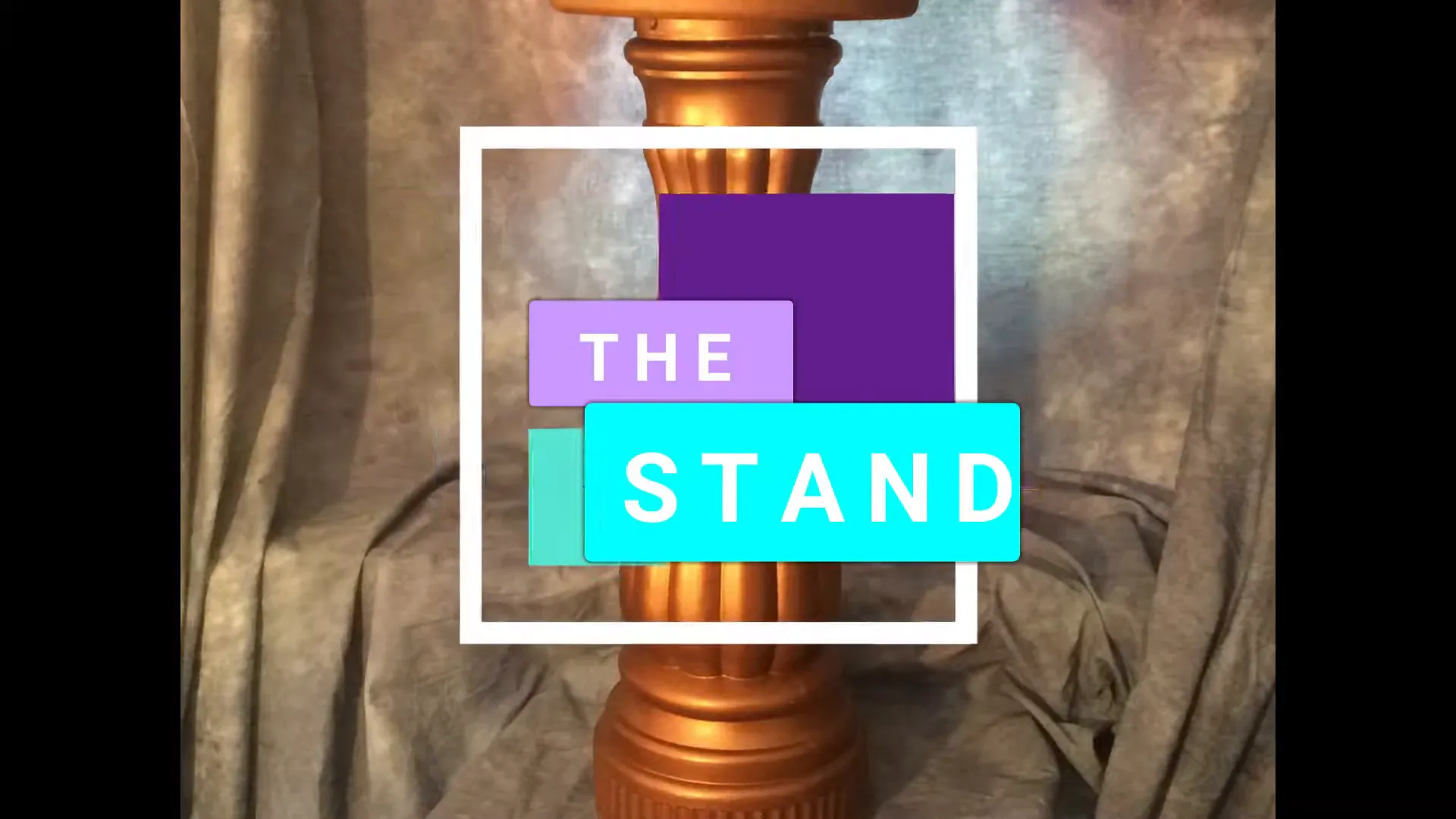
Building the Laver: The Stand
For my Laver, I chose a plastic birdbath as the stand. You know, the kind with sand inside for stability? They’re inexpensive, lightweight, and a great choice! While you could use it as is, the bowl of most birdbaths is quite shallow. So, I unscrewed the bowl and replaced it with a plastic planter. This gives you more depth for washing. Let me show you how I did it!
When you purchase a plastic birdbath, it typically comes in two pieces: the base and the bowl. Unscrew the bowl from the base, then cut out the bowl to fit snugly at the bottom of your chosen planter. Once you’ve glued it together, it becomes one piece that can hold water since you’ve made no holes. Finally, slip it back on the base and screw it together. Voila!
Alternatively, I used a plastic planter glued onto a solid base!
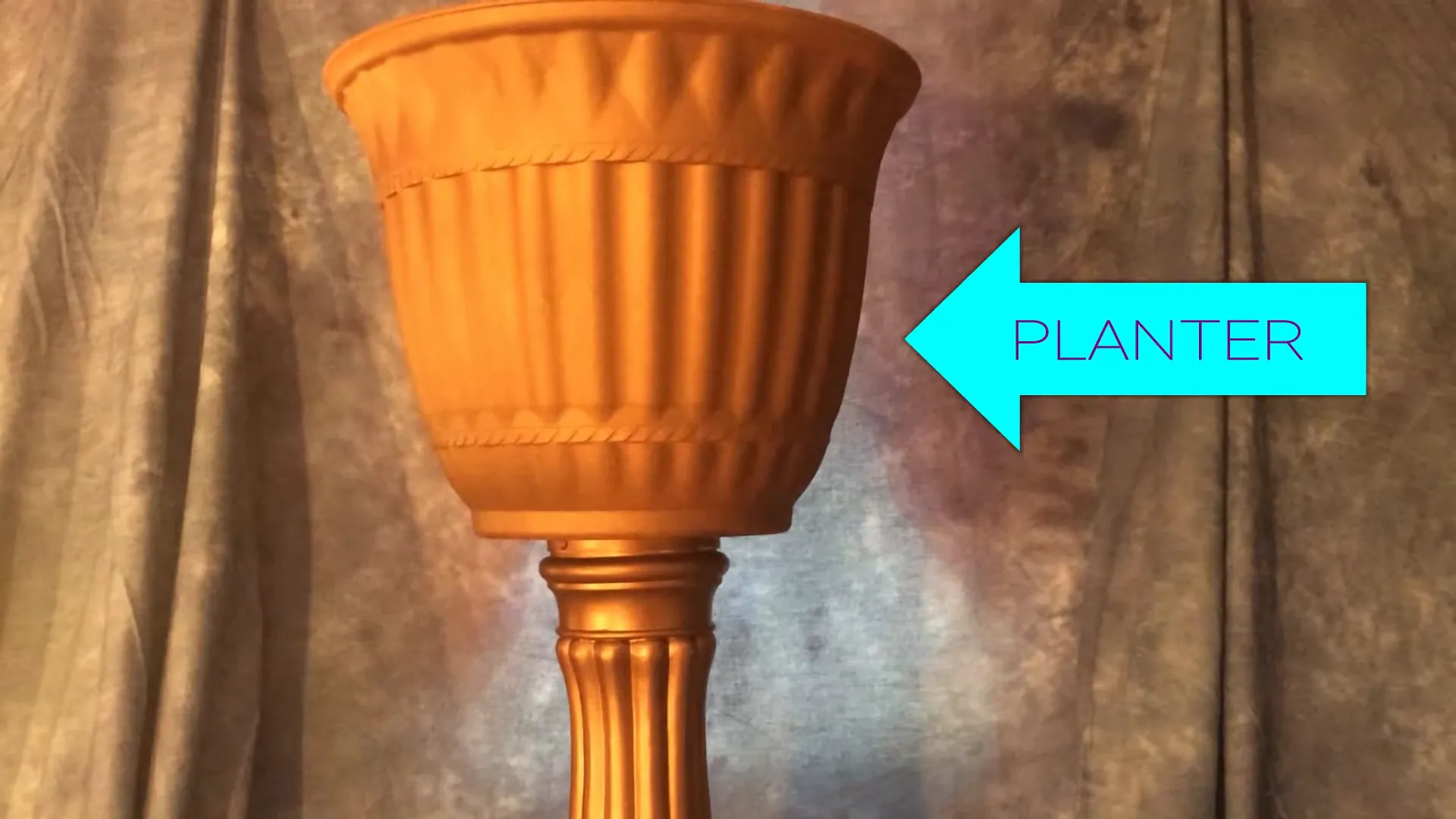
The Bronze Finish
Now, let’s talk about the bronze. There was no wood in the Laver; it was made entirely of solid bronze. You can achieve this effect by spray painting! The key is to find the right color—something that doesn’t look too brassy or gold. I used Rust-Oleum metallic aged copper, and it worked quite well.
The Mirrors
Interestingly, the Israelite women used bronze as mirrors, which were donated to create the Laver, giving it a reflective quality. This reflection is significant in more ways than one. When the priest approached the Laver, he could see himself, but he also reflected on the sins that required this ritual washing.
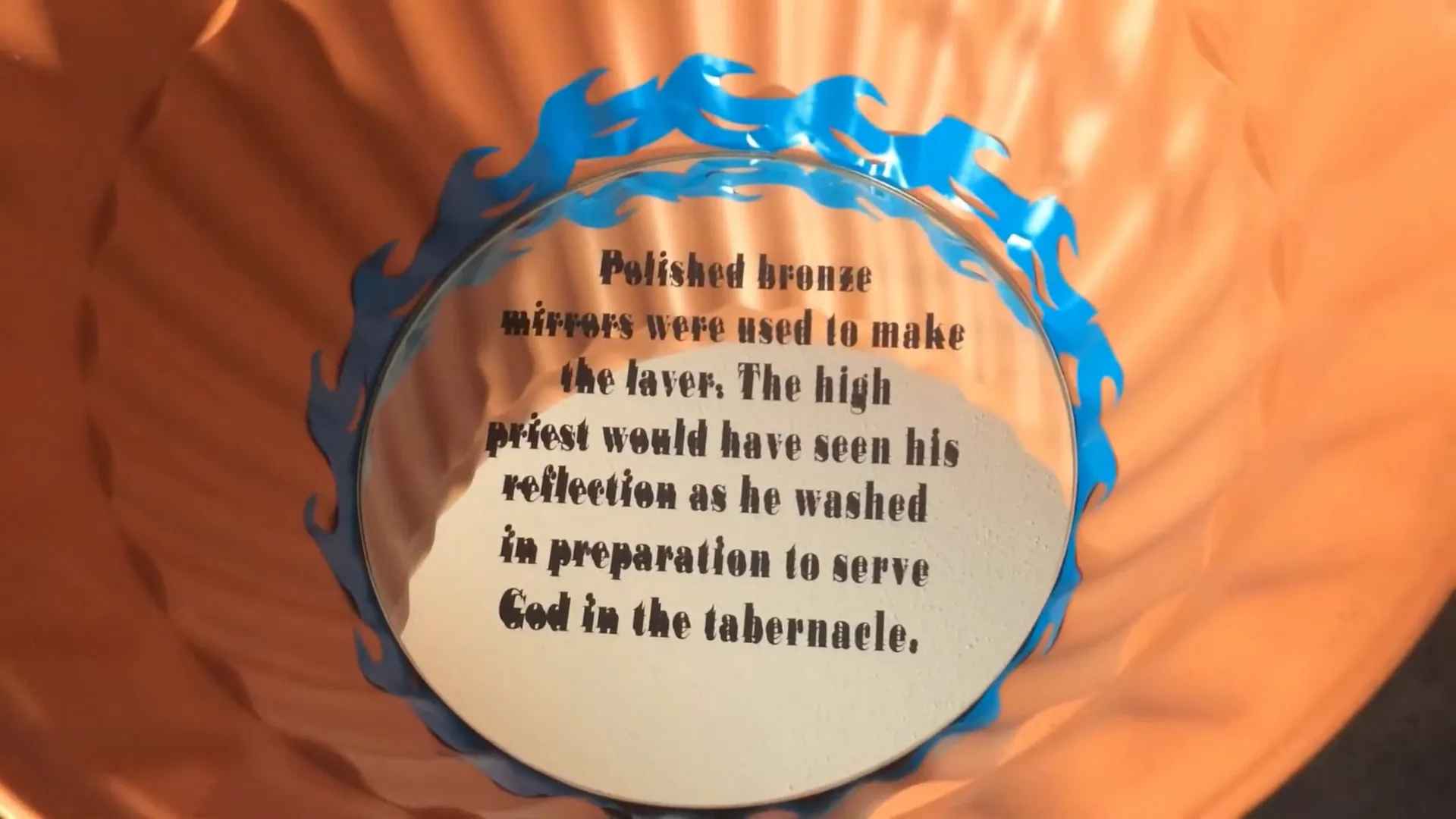
Engaging Students with the Laver
I love inviting students to wash their hands at the Laver and think about the significance of this ritual. My version might not be mirror-like, but I added a mirror at the bottom. When they look in, they see themselves, which sparks introspection.
Even today, dedicated Jews participate in a ritual washing known as mikvah. They wash different parts of their body for various reasons:
- Chests, near their hearts, to cleanse their intentions.
- Hands, as they may be complicit in wrongdoing.
- Heads, to cleanse impure thoughts.
- Feet, which may not have gone where God wanted them to go.
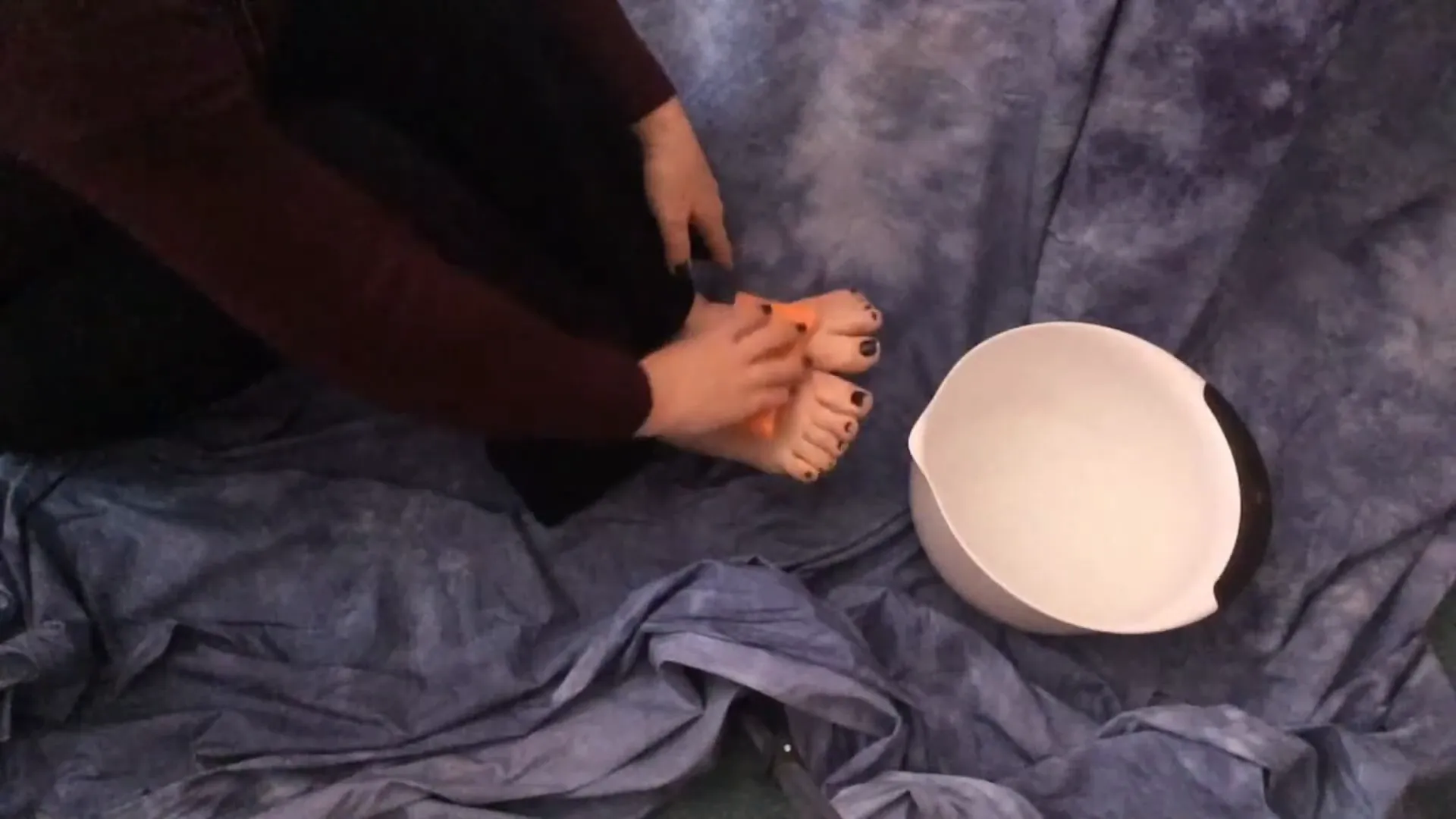
Creating a Meaningful Experience
This can be a very impactful activity for your students! Using a bowl of water and a slightly wet sponge, perform the mikvah on as many students as time and interest permit. And make sure to end with the good news: Jesus, the living water, cleanses us from all our sins.
This is Becky from Experience the Bible Creatively, reminding you that props are always better than paper. Let’s keep exploring how we can bring the Bible to life in creative and engaging ways!
"Walking Alongside Jesus" Curriculum
This curriculum series endeavors to imagine what Jesus might have said about Himself through all the major stories of the Old Testament which is why each lesson in this series ends with the same question: What did I learn about Jesus today?
Find Curriculum